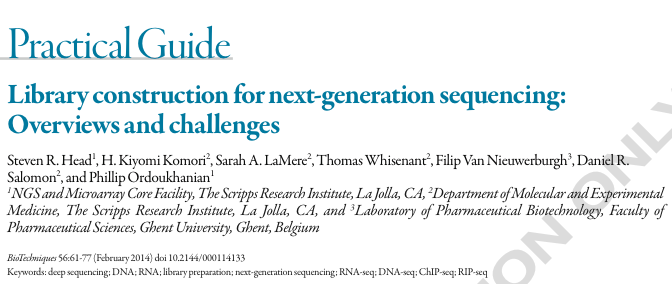Another fun year at AGBT in sunny Marco Island. There has been some good blog coverage this year, but not from me; I've been Tweeting instead @CIgenomics on #AGBT15, see what happened on Twitter.
Blog coverage:
GenomeWeb were there for those who could not make it - thanks team GenomeWeb, see Here, and here.
OmicsOmics: Keith had several posts (always worth reading)
Genohub: day1, day2, day3
NextGenSeq: has a preview post and covers Craig Venter's and Gene Meyer's talks.
DeciBio: had a piece on the rumours of AGBT15
Pacific Biosciences: day1, day2, their workshop
Illumina: covered their NeoPrep launch, but not their customers presentations
Ion Torrent: had several posts by Dale Yazuki (scooterdog), e.g. here.
I had a great time some of my favourite talks were:
-->
-->
 |
| The UCSC Twitter track |
GenomeWeb were there for those who could not make it - thanks team GenomeWeb, see Here, and here.
OmicsOmics: Keith had several posts (always worth reading)
Genohub: day1, day2, day3
NextGenSeq: has a preview post and covers Craig Venter's and Gene Meyer's talks.
DeciBio: had a piece on the rumours of AGBT15
Pacific Biosciences: day1, day2, their workshop
Illumina: covered their NeoPrep launch, but not their customers presentations
Ion Torrent: had several posts by Dale Yazuki (scooterdog), e.g. here.
I had a great time some of my favourite talks were:
-->
- Yaniv Erlich, New York Genome/Columbia University "Dissecting the Genetic Architecture of Longevity Using Massive-Scale Crowd-Sourced Genealogy"
- Maryke Appel, KAPA Biosystems "The Evolution of Library Prep: Selecting for Both Quality and Speed"
- Roman Yelensky, Foundation Medicine "A Novel Next Generation Sequencing (NGS)-Based Companion Diagnostic Predicts Response to the PARP Inhibitor Rucaparib in Ovarian Cancer"
- Michael Fischback, University of California, San Francisco "Insights From a Global View of Secondary Metabolism: Small Molecules From the Human Microbiota"
- David Epstein, ProPublica ProPublica, "Dangerous Dichotomies: How Sports Harm Genetic Research"
- Michael Evan Macosko, Harvard Medical School "DropSeq: A Droplet-Based Technology for Single-Cell mRNA-Seq Analysis on a Massive Scale"
- Christopher Mason, Weill Cornell Medical College "City-Scale DNA Dynamics, Disease Surveillance, and Metagenomics Profiling"
- Iain Macaulay, Wellcome Trust Sanger Institute "G&T-seq: Separation and Parallel Sequencing of the Genomes and Transcriptomes of Single Cells"
- Tatiana Moroz, University of Florida "Space Genomics: Epigenomic Mechanisms for Adaptations to Microgravity"
10X genomics: And 10X genomics of course...
-->



